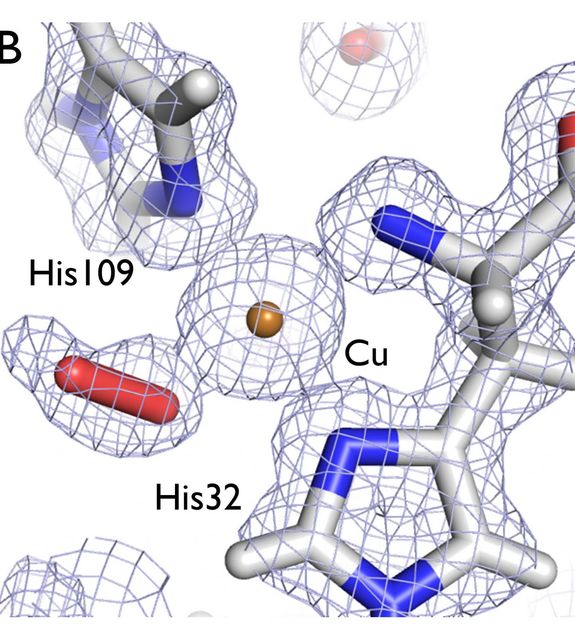Researchers use functional MRI to study small-scale strokes
Two Cornell researchers -- one in Manhattan and the other in Ithaca -- aim to develop the first noninvasive functional MRI imaging technique for studying small-scale strokes in mice, which could eventually be used for clinical research in humans.
The research is supported by a Samuel C. and Nancy M. Fleming Research Scholar Award in Intercampus Collaborations given to Henning Voss, associate professor of physics in radiology at Weill Cornell Medical College in Manhattan.
The three-year grant, which is given to junior or midlevel Weill Cornell faculty conducting key research in biomedicine, favors collaborative work with biomedical engineers on Ithaca's campus; in this case, Voss has teamed with Chris Schaffer, assistant professor of biomedical engineering. The award is also intended to provide protected research time to acquire preliminary data before applying for larger federal funding.
While conventional MRIs allow researchers to view a snapshot of the brain at a given moment, functional MRIs provide a view of brain function over time, with an image about every second.
Voss and Schaffer will investigate the immediate and long-term effects of two types of strokes: hemorrhagic strokes, which are micro-strokes that occur when a blood vessel bursts, leaking blood; and ischemic strokes, where a blocked blood vessel deprives surrounding tissue of blood.
Schaffer will induce small strokes by using optical imaging and lasers to create precise lesions in single blood vessels -- a technique he developed. Voss' lab will do functional MRI scans before and after to see how the brain responds globally.
"Optical imaging techniques are not good at looking at how larger scale changes occur, how activity patterns in other parts of the brain change," said Schaffer. "But functional MRIs can look at how more global functions of the brain are affected," he added.
"Such a method will teach us what to expect in clinical applications of functional MRI in small-scale stroke and thus provide a first step toward the translation of these new stroke models into clinical research on humans" where noninvasive imaging methods are preferable, said Voss.
The researchers will test whether each type of induced stroke leaves a distinctive "fingerprint" on the rodents' brain function, both immediately after the stroke and as the brain recovers over time. The researchers also expect to see a threshold in the number and extent of small-scale strokes beyond which recovery will be limited.
"In humans, these small-scale strokes are believed to be related to cognitive decline," said Voss. "However, as MRI scanners become more sensitive, the signatures of micro-vascular lesions can now frequently be seen as incidental findings in cognitively normal people. I think that as long as the density of these lesions is small, the brain can cope, but as their density goes up, there could be some direct or indirect cognitive effect."
Most read news
Organizations

Get the analytics and lab tech industry in your inbox
By submitting this form you agree that LUMITOS AG will send you the newsletter(s) selected above by email. Your data will not be passed on to third parties. Your data will be stored and processed in accordance with our data protection regulations. LUMITOS may contact you by email for the purpose of advertising or market and opinion surveys. You can revoke your consent at any time without giving reasons to LUMITOS AG, Ernst-Augustin-Str. 2, 12489 Berlin, Germany or by e-mail at revoke@lumitos.com with effect for the future. In addition, each email contains a link to unsubscribe from the corresponding newsletter.




























































